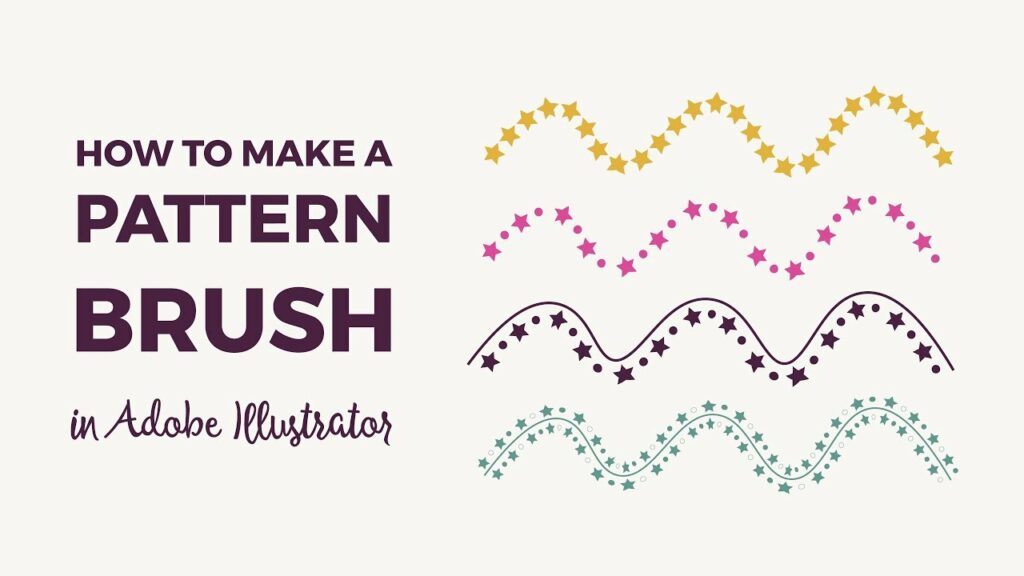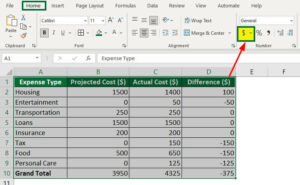Crafting Precision: A Comprehensive Guide to Creating Custom Strokes in Adobe Illustrator

Introduction:
In the realm of digital design, Adobe Illustrator stands as a cornerstone tool for artists, designers, and creators seeking to bring their creative visions to life with precision and finesse. Among its myriad features, the ability to create custom strokes emerges as a powerful instrument, providing users with the freedom to define and personalize the appearance of lines, borders, and outlines in their artwork. Whether you’re a seasoned illustrator, a graphic designer, or an aspiring artist, mastering the art of creating custom strokes in Adobe Illustrator opens up a world of possibilities for infusing your designs with uniqueness, creativity, and style. In this comprehensive guide, we’ll embark on a journey to explore the techniques and tools needed to craft custom strokes, empowering you to create stunning illustrations, intricate patterns, and captivating designs with precision and flair.
Chapter 1: Understanding Strokes in Adobe Illustrator
At its core, Adobe Illustrator is built upon the concept of strokes, which represent the appearance of lines, borders, and outlines in artwork. Strokes consist of attributes such as weight, color, and style, allowing users to define the visual characteristics of lines and shapes with precision and control. Understanding the anatomy of strokes, including stroke weight, stroke color, and stroke alignment, lays the foundation for effectively creating and manipulating custom strokes in Adobe Illustrator.
Chapter 2: Exploring Stroke Options and Settings
Before diving into the creation process, it’s essential to familiarize yourself with the various options and settings available for strokes in Adobe Illustrator. The Stroke panel provides a range of options for customizing the appearance and behavior of strokes, such as stroke weight, stroke color, and stroke alignment. Experiment with adjusting settings such as cap style, corner style, and dash pattern to achieve the desired effect. Additionally, explore the Stroke preferences in the Adobe Illustrator settings to customize default settings such as stroke width and miter limit.
Chapter 3: Creating Custom Stroke Profiles
With your document open in Adobe Illustrator, it’s time to start creating custom stroke profiles using the Width Tool. The Width Tool allows users to define variable widths along the length of a stroke, enabling the creation of custom stroke profiles with precision and control. Experiment with drawing paths and applying variable widths using the Width Tool, then save your custom stroke profiles as presets in the Width Profile panel. Practice adjusting settings such as width points, width markers, and width handles to control the shape and appearance of your custom stroke profiles, allowing for endless possibilities for creating unique and visually striking artwork.
Chapter 4: Applying Custom Strokes to Paths and Objects
Once you’ve created custom stroke profiles, it’s time to start applying them to paths and objects in your artwork. Select the path or object you want to apply the custom stroke to using the selection tool (V), then activate the Stroke panel from the toolbar or by pressing Ctrl/Cmd + F10 on your keyboard. Choose the desired stroke profile from the Width Profile panel or select a custom stroke from the stroke library, then click and drag along the path to apply the custom stroke. Experiment with adjusting settings such as stroke weight, stroke color, and stroke alignment to control the appearance and intensity of the custom stroke, allowing for precise control over the look and feel of your artwork.
Chapter 5: Exploring Advanced Stroke Effects and Techniques
In addition to applying basic stroke profiles, Adobe Illustrator offers a variety of advanced techniques and effects for creating dynamic and visually captivating artwork using custom strokes. Experiment with combining multiple stroke profiles and stroke effects to create complex patterns, textures, and effects, layering strokes and adjusting blending modes to achieve interesting visual effects. Use techniques such as variable width strokes, brush strokes, and pattern strokes to further customize and refine your stroke effects, adding depth and dimension to your designs.
Chapter 6: Incorporating Custom Strokes into Illustrations and Designs
Once you’ve mastered the basics of creating custom strokes, it’s time to incorporate them into your illustrations and designs in Adobe Illustrator. Experiment with using custom strokes to outline shapes, define borders, and add emphasis to key elements of your artwork. Practice combining custom strokes with other design elements such as colors, gradients, and textures to create visually compelling compositions. Consider using custom strokes as accents or embellishments to add personality and style to your artwork, or use them as the primary focus to create bold and expressive designs that command attention.
Chapter 7: Fine-Tuning and Refining Custom Strokes
Once you’ve incorporated custom strokes into your artwork, take time to fine-tune and refine the effects to achieve the desired look and feel. Experiment with adjusting settings such as stroke weight, stroke color, and stroke alignment to control the appearance and intensity of the custom strokes. Use the appearance panel and graphic styles in Adobe Illustrator to apply gradients, patterns, and textures to custom strokes, adding depth and visual interest to your artwork. Pay attention to details such as composition, balance, and focal points to ensure a cohesive and visually compelling result.
Chapter 8: Saving and Sharing Artwork with Custom Strokes
Once you’re satisfied with your artwork in Adobe Illustrator, it’s important to save and share your designs for sharing or distribution. Save your Illustrator document in a compatible file format, such as AI or PDF, to preserve the vector properties of your artwork. If you’re creating artwork for web or screen-based applications, consider exporting it as an SVG file for scalability and compatibility with web browsers. For print-based projects, export your artwork as a high-resolution raster image in formats such as JPEG or PNG.
Conclusion:
Mastering the art of creating custom strokes in Adobe Illustrator is a journey of exploration and experimentation, offering endless possibilities for infusing your designs with uniqueness, creativity, and style. By understanding the techniques and tools needed to navigate stroke options and settings, create custom stroke profiles, apply custom strokes to paths and objects, explore advanced stroke effects and techniques, incorporate custom strokes into illustrations and designs, fine-tune and refine custom strokes, and save and share artwork with custom strokes, you’ll be able to create stunning designs that captivate and inspire viewers. So grab your stylus, set your sights on the canvas, and let Adobe Illustrator become your trusted ally for bringing your creative visions to life with precision and flair.




